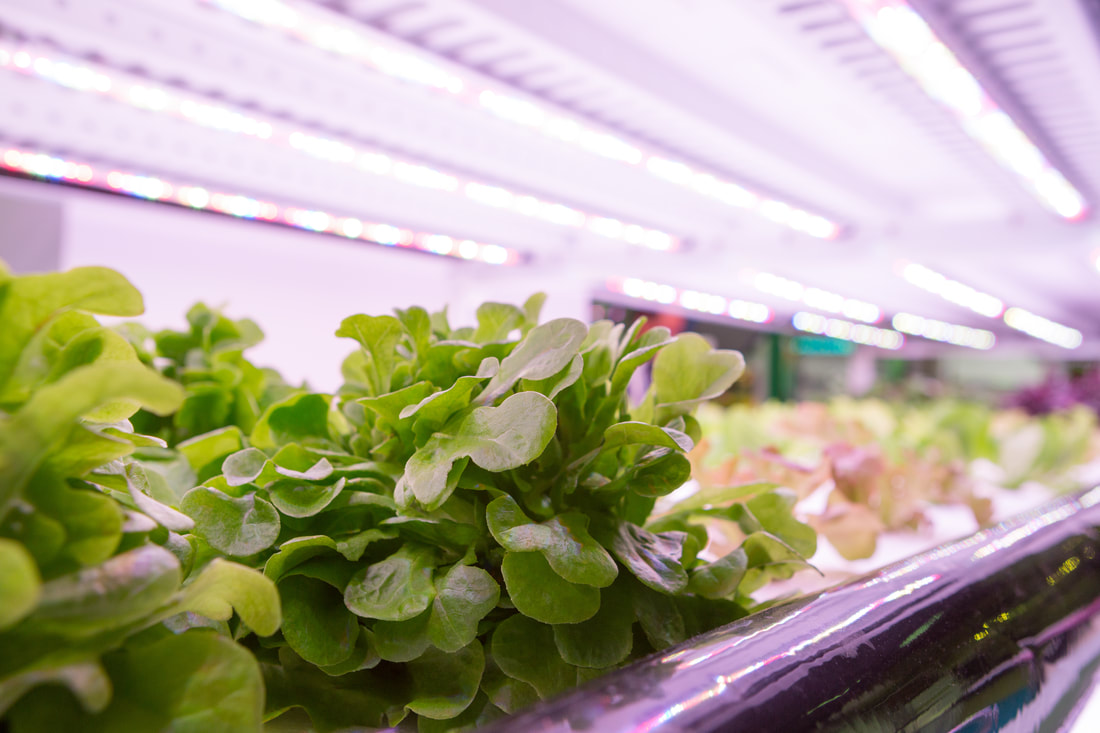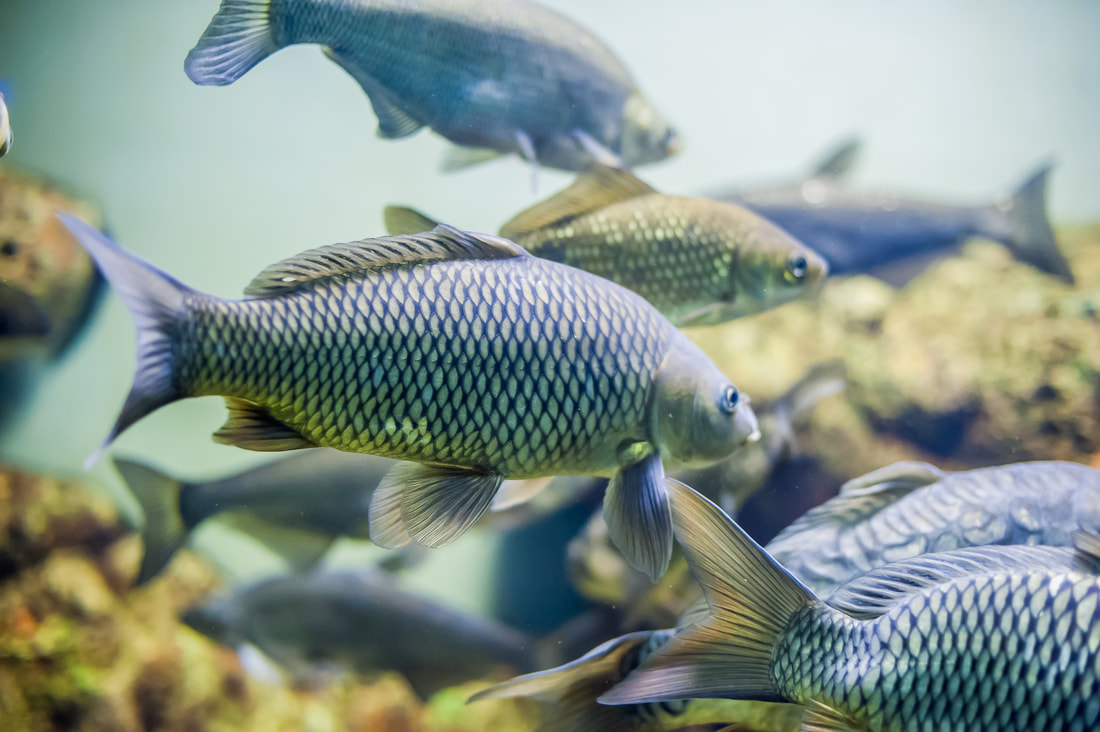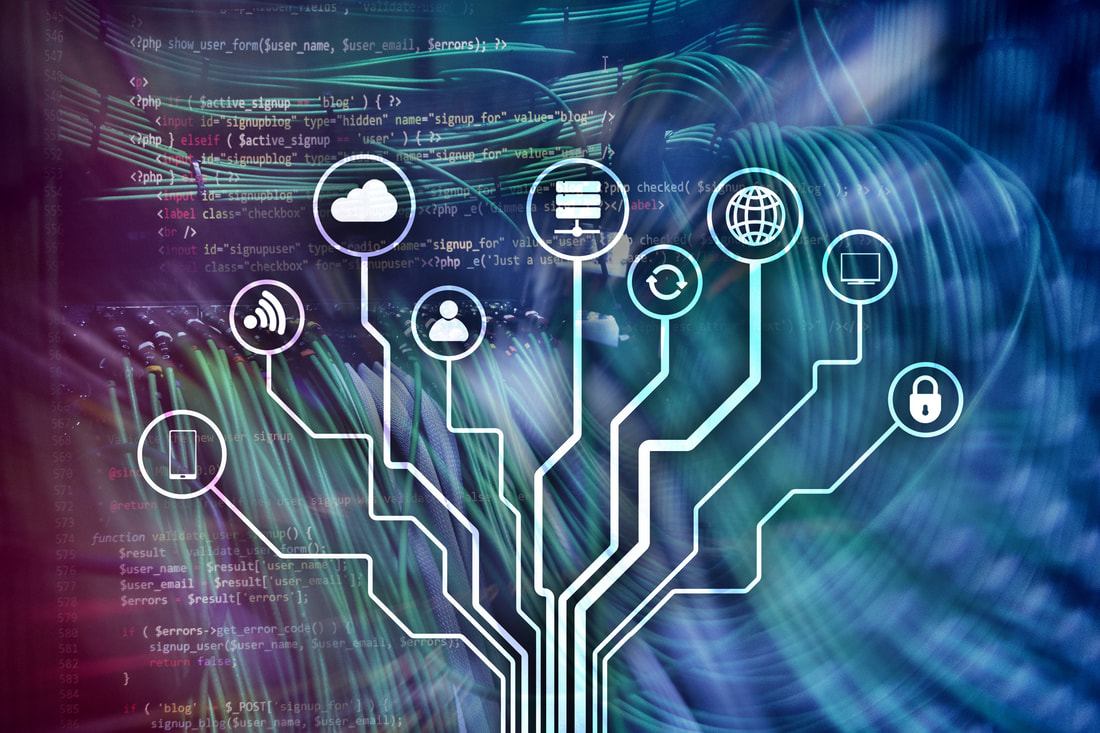The components of our systems
Computer aided regenerative Aquaponics
|
Hydroponics / Aquaponics
Recirculating water uses 90-99 % less water than traditional farming and can be done in vertical layers anywhere, saving space, water and expanding the bio-capacity. Combining it with aquaculture gives something stronger than hydroponics alone, Aquaponics.
|
Aquaculture
Fish, shellfish and other aquaculture are a good source of protein and acts as the nutritional engine for our hydroponic section. A growing world population needs protein that does not deplete the world's oceans and lakes.
|
AI / Machine Learning aided growing
Our operating system META (Mother Earth Technological Aid) helps our growers with all steps in the growing process making growing easy, ensuring consistent yields year round at a minimal environmental cost.
|
Co-creating a sustainable now for a sustainable futureClimate positive
|
Challenges
The food industry poses a serious threat to our world
• Earth has lost 1/3 of its arable land in the last 40 years
• Agriculture claims 70% of all freshwater used
• Freshwater species has decreased 76% from 1970 to 2010
• We require 1.7 Earths to meet our current annual demands
• Population growth creates considerable degrees of additional demand and pressure on arable land resources
• 1/3 of food produced globally for human consumption, (1.3 billion tonnes/year) is lost or wasted
• With yearly 3.3 gigatonnes of greenhouse gas (GHG) emissions, food loss and waste is the 3rd largest emitter globally
• The global food production accounts for 80% of deforestation and is the single largest driver of biodiversity loss
• More than 800 million people suffer from hunger globally
• At least 9 diseases* have been verified to have its cause from pesticides used in agriculture;
- Cancer
- Alzheimer’s disease
- Diabetes
- Parkinson’s disease
- Endocrine disruption
- Birth defects
- Asthma
- Learning and developmental disorders
- Reproductive and sexual dysfunction
* https://beyondpesticides.org/assets/media/documents/health/pid-database.pdf
Solutions
Aquaponics can provide the industry with solutions
• Aquaponics is the use of aquaculture (fish, shellfish etc) as the nutritional engine for growing plant based food = locally produced nutrient
• Circular = No waste
• Suitable for urban farms. In other words, grow where you eat
• Reduces food miles = less CO2 and greenhouse gas emissions
• Can be powered with renewable energy & waste heat
• Does not require soil and can be grown vertically anywhere = expands bio-capacity
• Uses 90 - 99% less water than traditional farming
• Can be used to capture CO2
• Is pesticide and herbicide free
• Gives healthy vegetables, greens and aquatic protein
• Gives higher yields year round. 3-15 harvests per year
• Circular = No waste
• Suitable for urban farms. In other words, grow where you eat
• Reduces food miles = less CO2 and greenhouse gas emissions
• Can be powered with renewable energy & waste heat
• Does not require soil and can be grown vertically anywhere = expands bio-capacity
• Uses 90 - 99% less water than traditional farming
• Can be used to capture CO2
• Is pesticide and herbicide free
• Gives healthy vegetables, greens and aquatic protein
• Gives higher yields year round. 3-15 harvests per year



